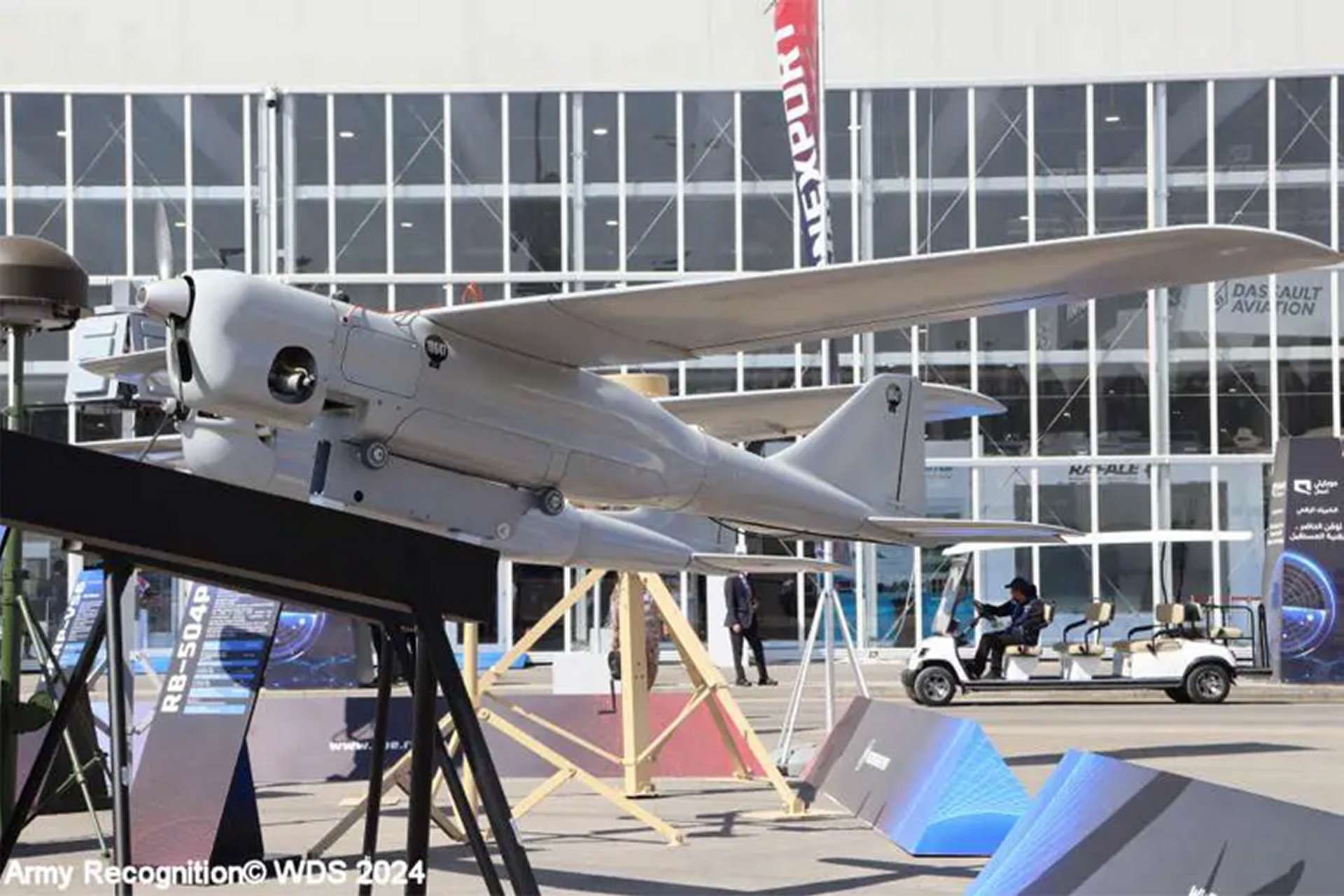Breaking News
NATO Raises Security Level to Protect AWACS Against Potential Threat from Russian Orlan-10 Drones.
On August 22, 2024, the NATO air base in Geilenkirchen, a pivotal site for aerial surveillance and command, escalated its security level to "Charlie," indicating a heightened security alert. This action came just a week after a similar incident at a military base near Cologne Airport, highlighting a series of precautionary measures within German military infrastructures.
Follow Army Recognition on Google News at this link

NATO Advanced Early Warning & Control E-3A Sentry aircraft (Picture source: NATO)
Geilenkirchen base, which hosts the Advanced Early Warning & Control (AEW&C) E-3A Sentry aircraft, known as AWACS, plays a crucial role in NATO operations due to its ability to detect long-distance air movements and coordinate actions in real-time. The Charlie security level, the penultimate stage before Delta level — indicating an imminent attack — was activated following intelligence reports of potential threats.
The E-3A Sentry, better known as AWACS (Airborne Warning and Control System), is an airborne surveillance and command aircraft based on the Boeing 707 platform. It is equipped with a rotating radar mounted on the fuselage, capable of detecting aircraft at distances greater than 400 kilometers. This advanced radar system, coupled with a sophisticated electronic suite, allows for continuous monitoring of airspace to identify and track enemy aircraft and direct combat operations. The radar also has a maritime detection mode, making the AWACS useful over both water and land.
In addition to its radar capabilities, the E-3A is equipped with advanced communication systems that allow for secure and rapid information transmission among air, naval, and ground units. The aircraft can function as a mobile command center, coordinating not only air forces but also integrating joint operations during complex missions. It can manage over a hundred targets simultaneously, making it a central element in NATO's air defense operations. Its ability to remain airborne for extended periods (up to 14 hours without refueling) maximizes its effectiveness during prolonged missions.
Sources indicate that Russian Orlan-10 drones might have been spotted surveilling critical sites in Germany, including liquefied natural gas terminals and a former nuclear power plant at Brunsbüttel. These observations fuel speculation that these drones could have been launched from vessels in the North Sea for potential espionage purposes.
The Russian Orlan-10 is a versatile and widely-used unmanned aerial vehicle (UAV) designed for reconnaissance and surveillance missions. It features a wingspan of approximately 3.1 meters (10 feet) and a maximum takeoff weight of around 14 kilograms (31 pounds). The Orlan-10 is equipped with an array of sensors, including electro-optical and infrared cameras, enabling it to conduct real-time intelligence gathering and target acquisition. Its operational range extends up to 600 kilometers (about 373 miles) from its ground control station, with an endurance of around 16 hours on a single flight. The UAV's compact size and low noise profile make it effective for stealthy operations, often deployed for tasks such as surveillance of critical infrastructure and border areas.
The previous Wednesday, August 14, 2024, the military part of Cologne Airport and the adjacent barracks were also locked down after a breach in the fence was discovered and suspicions of water supply contamination arose, although subsequent tests refuted these suspicions.
Geilenkirchen base is unique as it is not under the control of the German Luftwaffe or any other country but is entirely managed by NATO. This underscores the strategic importance of the site, not only for Germany but for the entire Atlantic Alliance.
On August 23, 2024, a downgrade to a lower security level "Bravo+" was announced, ending the immediate crisis. However, NATO remains vigilant, with operations continuing as planned and non-mission essential personnel sent home.
These recent events highlight the security challenges NATO faces on European soil, especially in the context of an increased potential threat from the east. The temporarily elevated alert level serves as a reminder of the constant need for vigilance and preparedness against diverse and potentially unpredictable threats.

Russian Orlan-10 Drone (Picture source: Army Recognition)


























